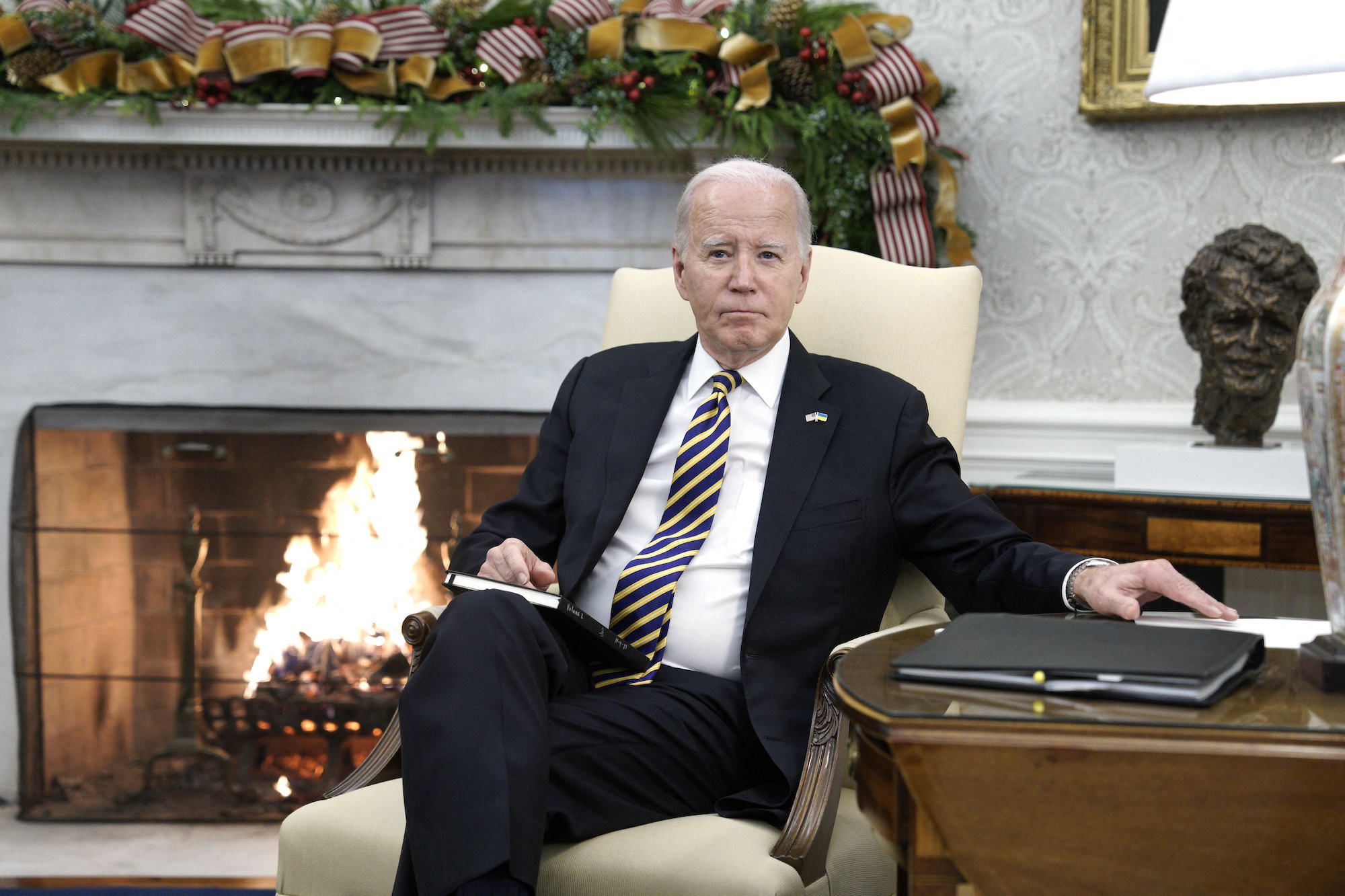President Biden’s Relative Strength Among Older Voters
Despite the generation gap faced by the oldest president in the nation’s history, President Joe Biden seems to have found a silver lining in the form of support from older voters. While his struggles with younger voters have been widely reported, less attention has been paid to his relative strength among his contemporaries. Polls show that Biden’s support among young voters is significantly lower than his vote share with them in 2020. However, he has managed to maintain or even expand his backing among seniors.
Concrete Economic Benefits for Seniors
While Biden’s plan to forgive student loan debts was derailed by the Supreme Court, he has already finalized an array of concrete economic benefits for seniors, with more moving toward implementation. A significant date that some Democrats are already marking on the election calendar is September 1, 2024. This is when the administration is scheduled to announce the results of the first-ever negotiations between Medicare and large pharmaceutical companies to lower drug prices. The outcome could result in substantial savings for seniors on 10 drugs taken by millions of Medicare recipients.
Seniors’ Perception of Biden’s Age
Seniors also appear somewhat more resistant to the idea that Biden should step aside because of his age. In a recent New York Times/Siena poll, most swing-state seniors agreed that Biden is too old to serve effectively as president, but fewer of them said so than younger generations. In that same survey, seniors were far more likely than younger generations to say that Biden has the mental sharpness to serve effectively.
Policy Benefits for Seniors
Biden’s biggest asset with seniors may be that he has a much longer list of policies he can point to that directly benefit them financially than he has for any other age group. He has made significant progress in advancing plans to help seniors manage their prescription drug costs, one of the most pressing financial concerns for older Americans. Through the Inflation Reduction Act he signed last year, Biden is advancing a comprehensive suite of initiatives that provide seniors relief from high drug costs.
Efforts to Contain Drug Costs
The centerpiece of Biden’s efforts to contain drug costs is the authority the Inflation Reduction Act provided Medicare to use its massive buying power to negotiate with pharmaceutical companies for lower prices. Advocates for seniors, most congressional Democrats, and fiscal hawks had been seeking that authority since Congress created Medicare’s prescription drug benefit in 2003. But opposition from the drug industry had always blocked the idea.
Efforts to Help Seniors Remain in Their Homes
Beyond drug prices, Biden can also tout his administration’s efforts to help seniors remain in their homes rather than move into group settings, such as nursing homes. The administration recently disbursed $37 billion in grants across the 50 states to bolster local programs to support independent living for seniors, particularly by strengthening the home health care workforce.
Political Impact of Biden’s Programs for Seniors
The political impact of all these programs may be muffled somewhat since seniors will not tangibly feel them by Election Day. But advocates believe these efforts are coming soon enough to still resonate with many older voters. All of these ideas “will be well discussed and I think it will be real to people that it’s on its way,” said Leslie Dach, chair of Protect Our Care, a liberal group that advocates for expanded health care access.
Biden’s Weakness with Younger Americans
Despite the relative strength among seniors, Biden’s weakness with younger Americans remains a huge source of concern for Democrats. Younger voters born after 1980 (millennials and Generation Z) are growing a share of the electorate, while older voters born before 1964 (the baby boomers and Silent Generation) are shrinking. The nonpartisan States of Change Project forecasts that for the first time, the younger group will equal the older as a share of all voters in 2024.

